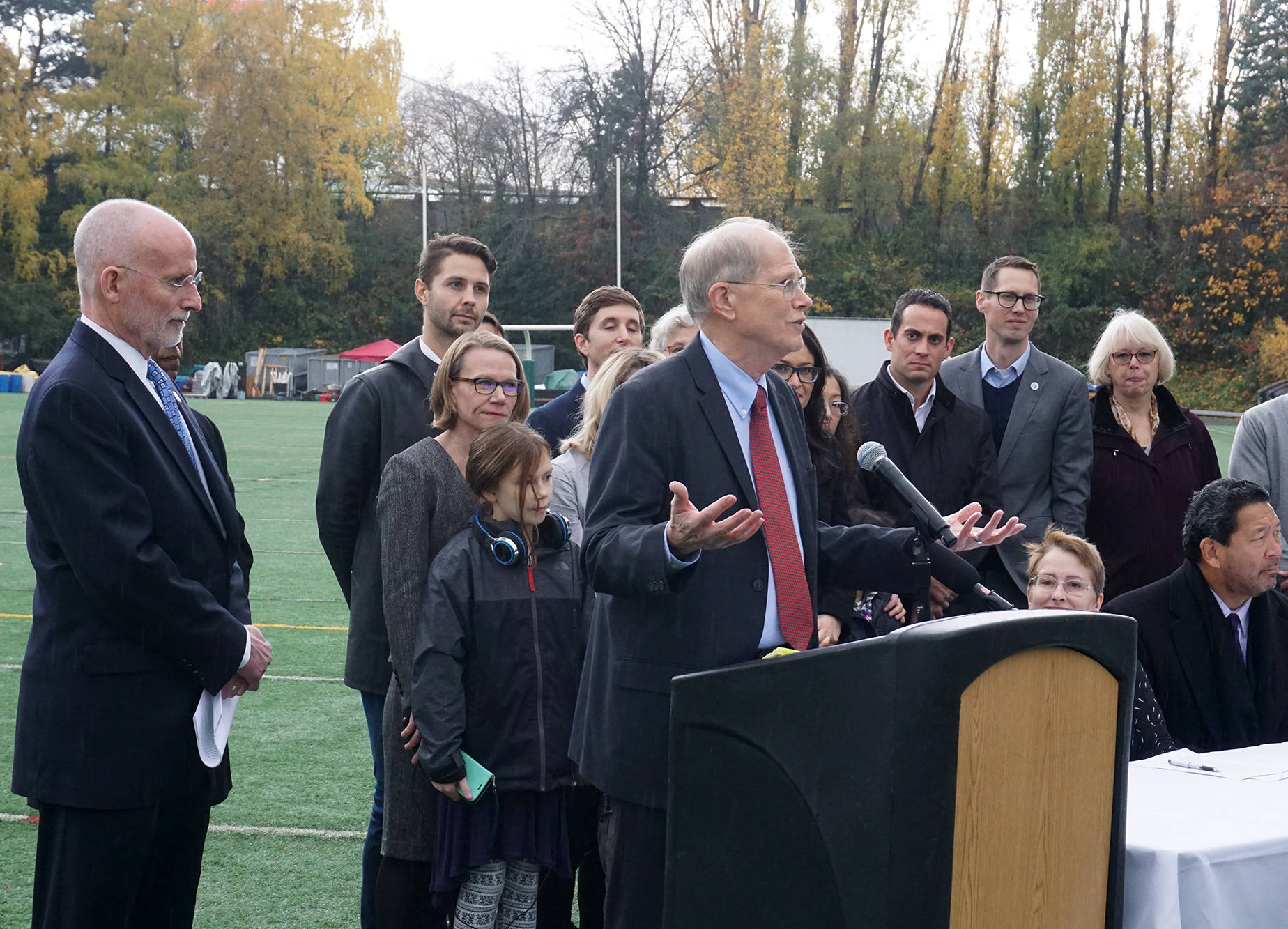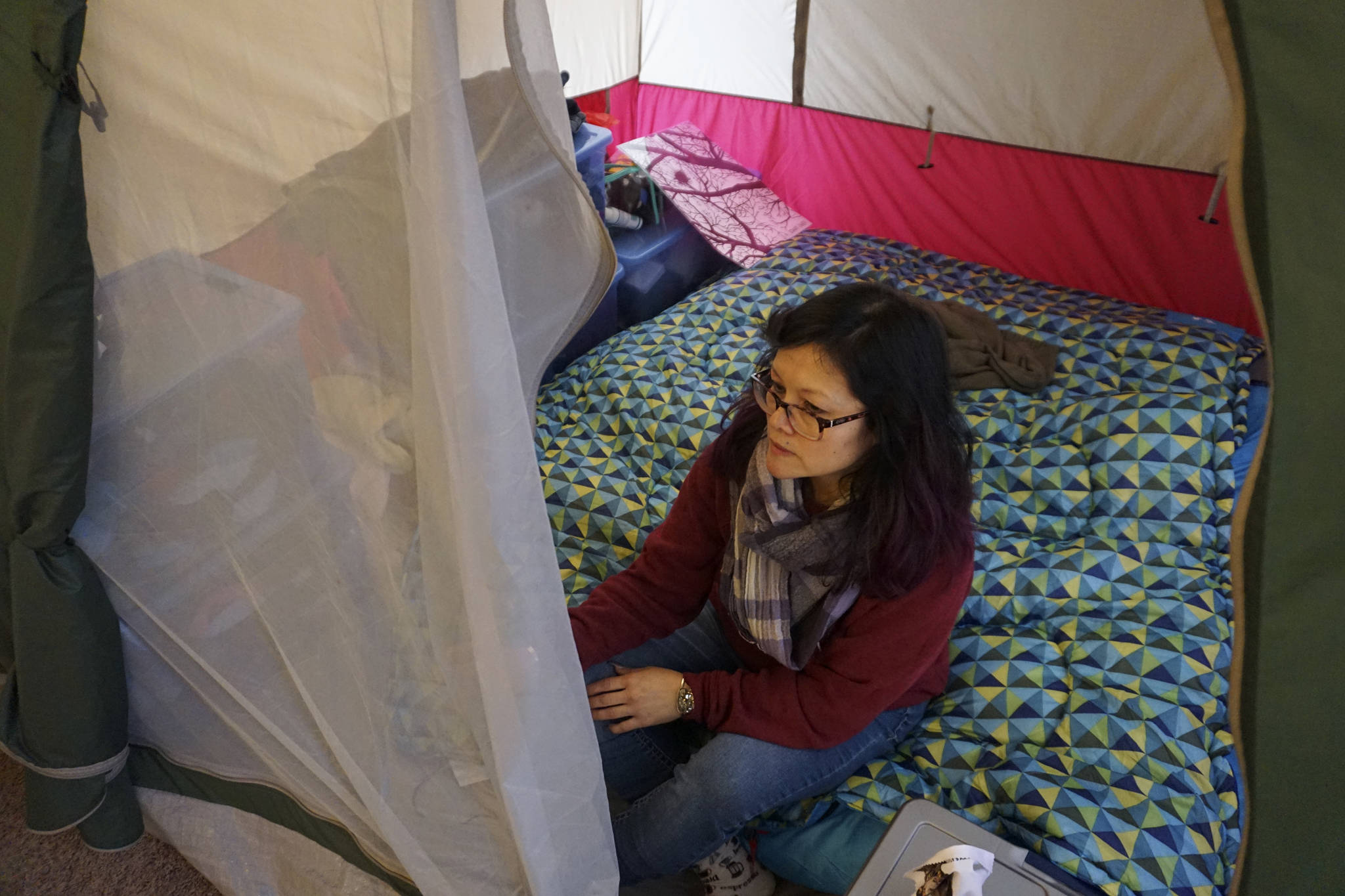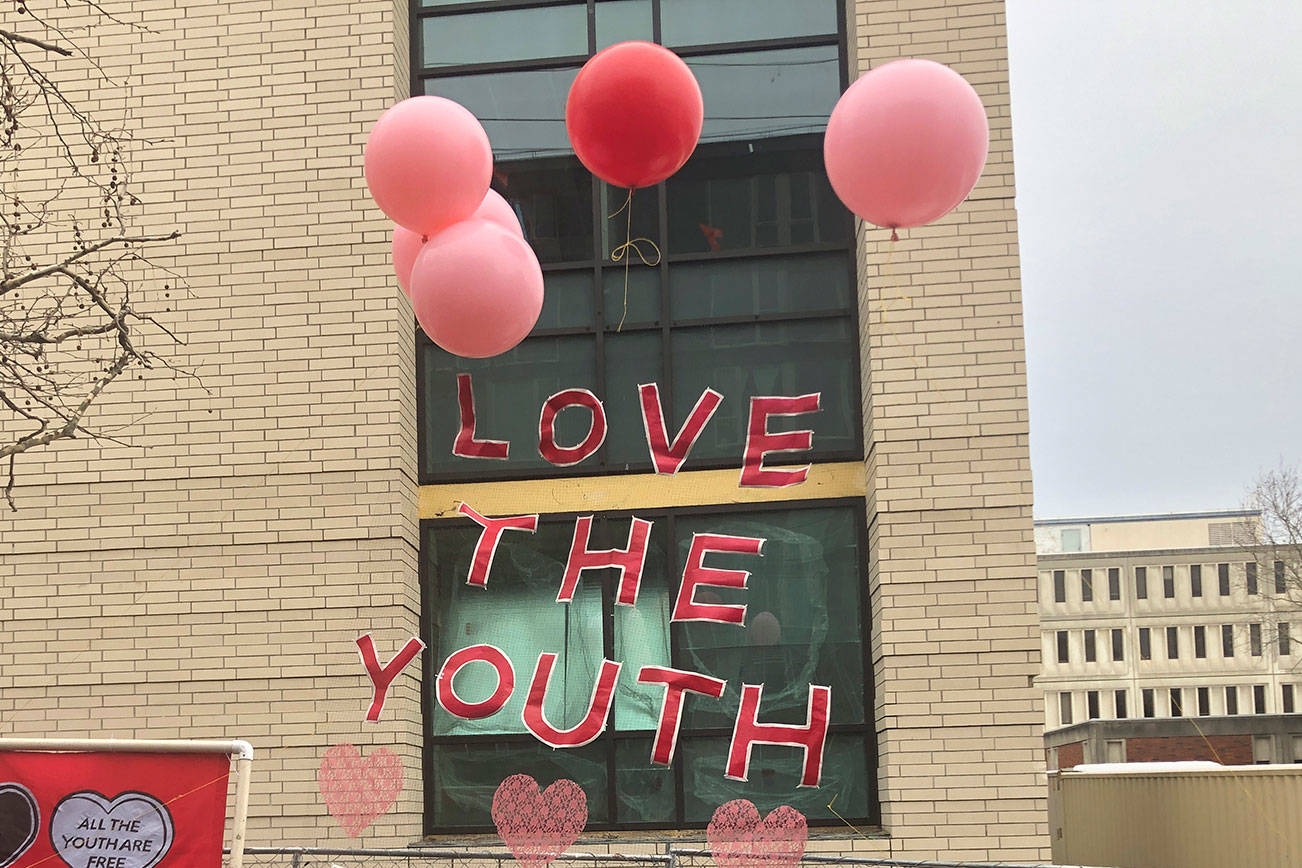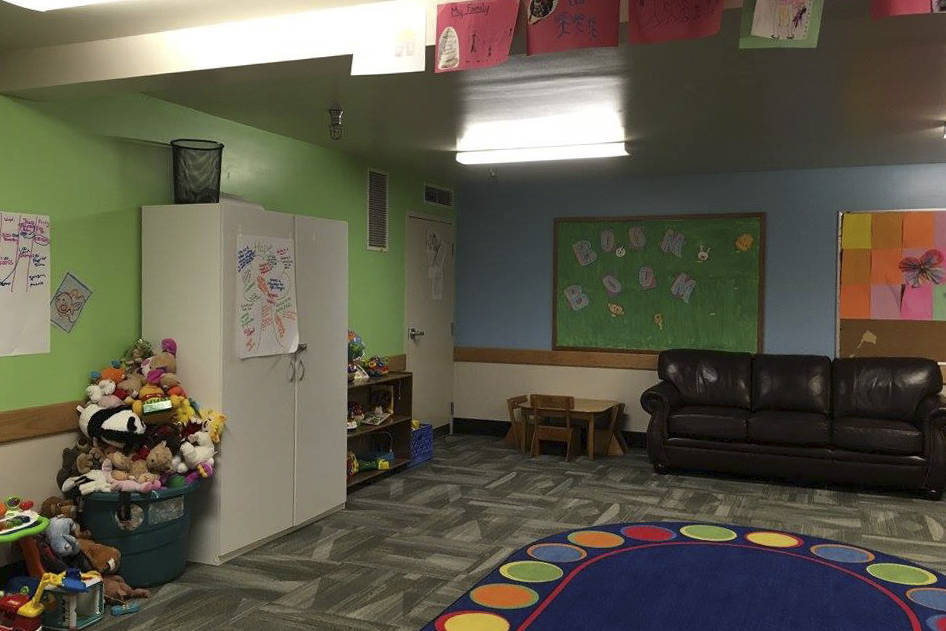In the mid-2000s, Lisa Reibin-Evans, a mother of two students in Seattle Public Schools (SPS), learned from the last commanding officer at Fort Lawton that the U.S. Army would soon vacate the century-old base. An SPS reading and math tutor, Reibin-Evans was already concerned that existing schools couldn’t accommodate the growing district’s needs. She envisioned the expansive Magnolia property overlooking the Puget Sound as an ideal location for additional educational facilities.
More than 10 years after Reibin-Evans began lobbying the district to consider using the property, her efforts are finally bearing fruit in the form of a new deal between the city and the school district.
On Monday, city and SPS officials announced a collaborative partnership that will, in part, include the school district in the Fort Lawton Redevelopment Plan, with the goal of obtaining part of the land for school-related uses. In addition, the agreement also includes plans for a potential new downtown elementary school and a Seattle Center high school. It also calls for a redesign of the 70-year-old Memorial Stadium that the city says is deteriorating; SPS owns nine acres at the Memorial Stadium, which is currently used by the school district, Bumbershoot, and Seattle Reign FC.
Under the partnership terms, SPS and the city will jointly scope out future school locations and assess school capacity issues.
The deal brings the future of Fort Lawton into sharper focus after the facility has remained in limbo for nearly a decade. In 2005, the Army made the city responsible for implementing a redevelopment plan for Fort Lawton. Originally, the city planned on transforming the former base into a mixed-income community with market-rate homes, park space, and permanent housing for homeless people. But the plan stalled in 2009 when King County courts ruled that the city’s plan needed to undergo a state environmental review, and the city lost its appeal in 2010. The housing market changed soon thereafter and the plan was scuttled.
As a result, part of Fort Lawton has remained vacant since the Army officially closed the Fort Lawton Army Reserve Center in 2012, although the federal government continued to own the land. Efforts to redevelop the former base were rekindled in January when the city entered into a five-year lease agreement with the U.S. Army to shoulder maintenance costs of the 34 acres.
In the spring, Reibin-Evans became aware of the city’s intentions to redevelop the area and gathered a few other parents to form the Fort Lawton School Coalition. The parents lobbied the city and school district to consider using Fort Lawton as a potential school site. Although Reibin-Evans says she supports the creation of affordable housing on the land, she knows that moving new families to the area would create a greater demand for educational resources.
The school district is the first to admit that Seattle is in need of additional facilities. Almost 8,000 new students have enrolled in the district in the past decade, according to SPS spokesperson Kim Schmanke.
“We are in the midst of a capacity crisis,” School Board Vice President Leslie Harris said at the Memorial Stadium on Monday. “We’re bursting at the seams,” she added, noting that the rising student population is outpacing the district’s capacity to create classrooms. SPS has already added 10 new buildings to accommodate the population growth within the past two years. “It’s not enough,” Harris said, punctuating each word.
During the summer, Reibin-Evans, a Magnolia resident, invited city and SPS officials to tour Fort Lawton. She showed them the site’s existing facilities and the nearby bus stop that would facilitate access to a potential school. The coalition also discussed its idea with the U.S. Army and created a Change.org petition that garnered 1408 signatures. The group also urged the city to hold additional public meetings and to solicit public input on the project’s environment impact study.
“We have to be collaborative and willing to work together to be the stewards for all of our students,” Reibin-Evans said.
Yet details on the funding sources and timeline for the projects remain unclear. At Monday’s press conference, Mayor Tim Burgess said that he was unsure how much the new stadium and additional school facilities would cost. He spoke of partially relying on philanthropy to fund the potential projects. “Investing in our students is worth every dollar,” Burgess said.
The agreement comes just a few days after the Washington Supreme Court ruled that the state is not on track to meet a September 2018 deadline to fund K-12 education as per court order. In 2012, Washington’s high court ruled that the state wasn’t adequately funding the public school system in what is known as the McCleary decision. As a result of not meeting the McCleary obligations, the Legislature will likely need to come up with an additional $1 billion in the 2018 legislative session.
Yet Schmanke says that that the recent court ruling shouldn’t impact the future projects. Seattle voters would be asked to approve a three-year levy to raise money for building new schools and a new Memorial Stadium.
Schmanke adds that it’s too early to know how the district plans on using the Fort Lawton property or what it will do with the site’s existing structures built in the early 1900s.
The School Board and the City Council will hold a joint meeting to work out the details of the planning process in January 2018. Reibin-Evans says she’s glad that the city and district is at least considering Fort Lawton as a potential solution to the district’s increased infrastructure needs.
“To me, this is the first opportunity where I have truly seen that all of the parties involved have actually come together,”Reibin-Evans said. “Working together benefits all of the students in Seattle.”
mhellmann@seattleweekly.com








